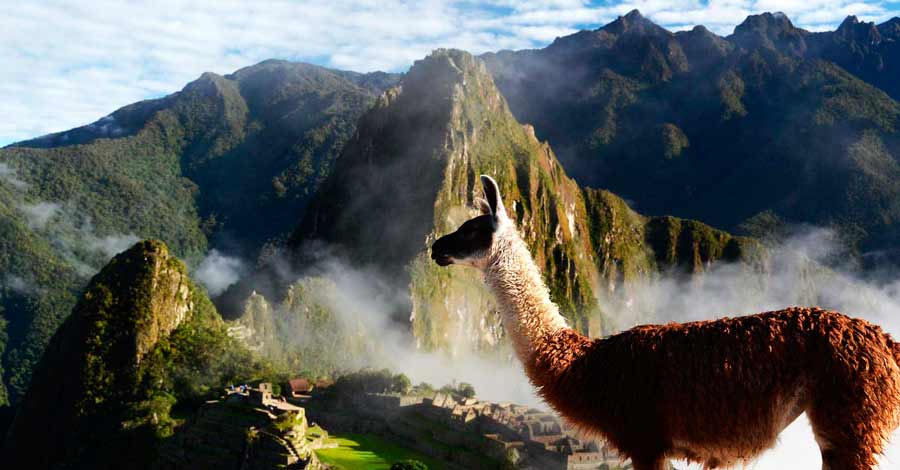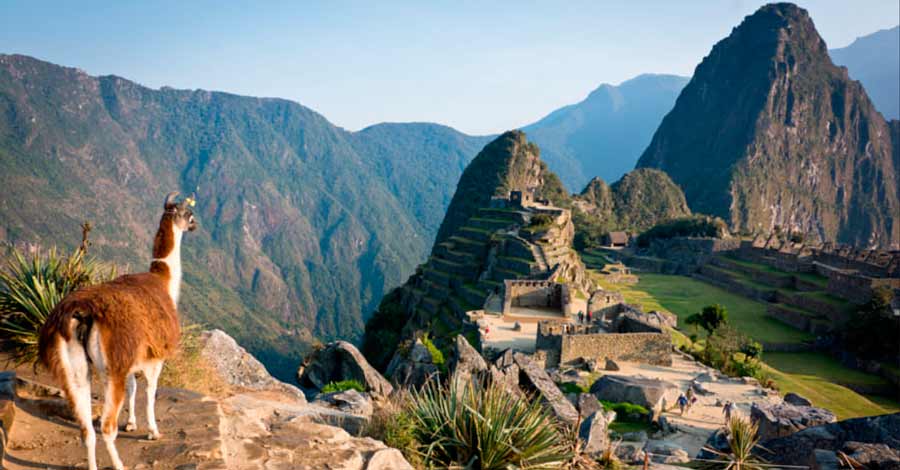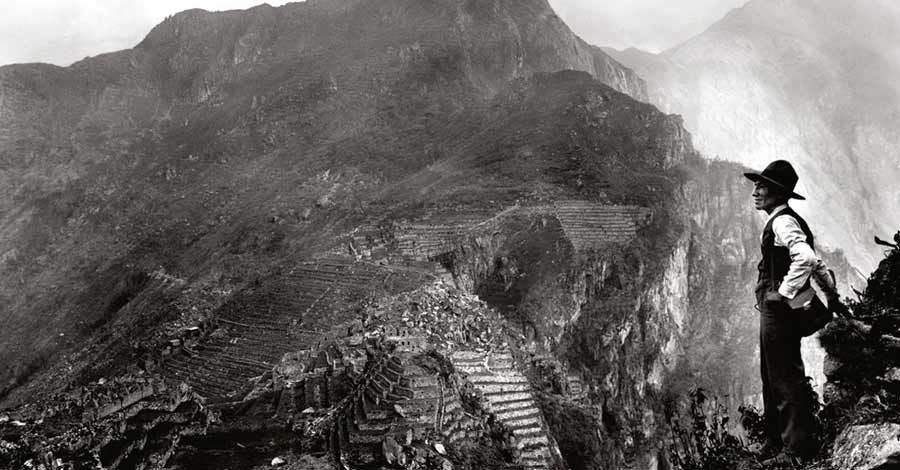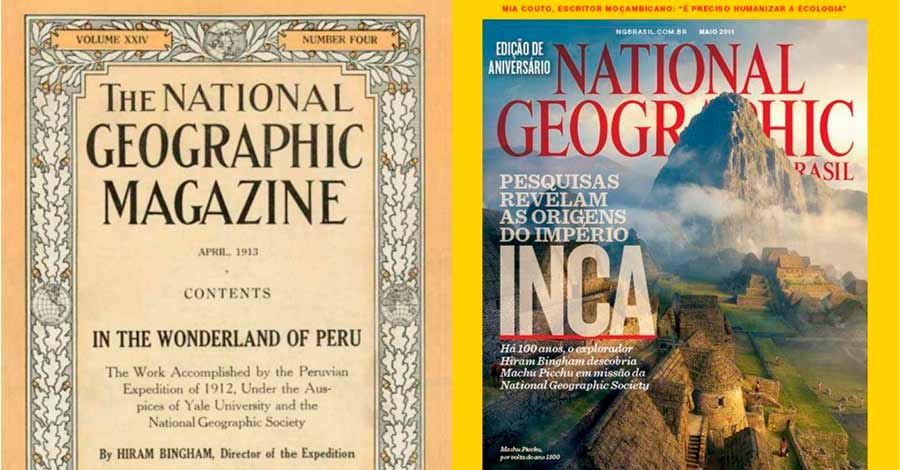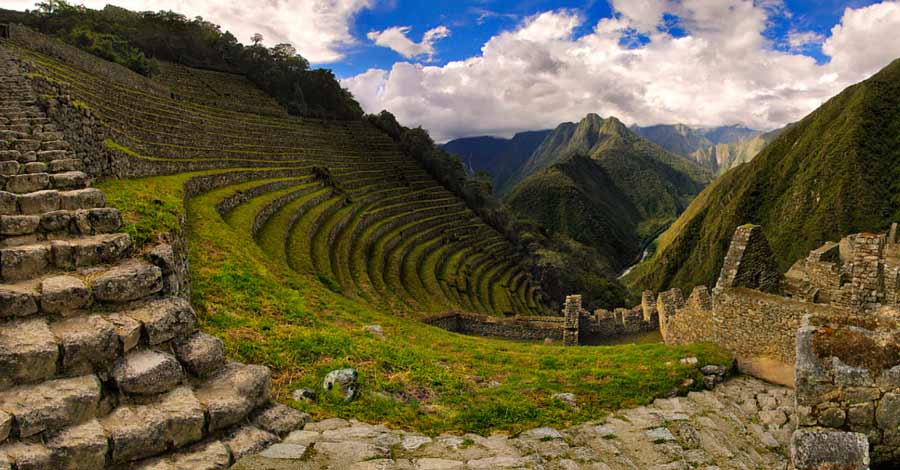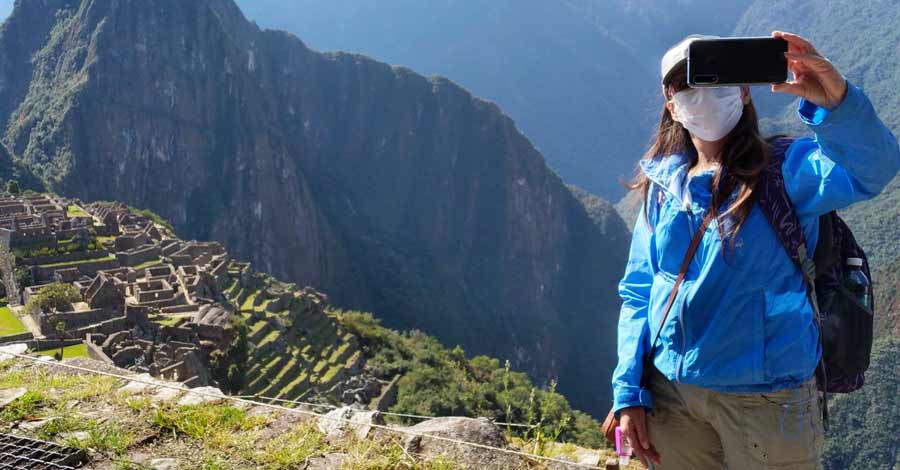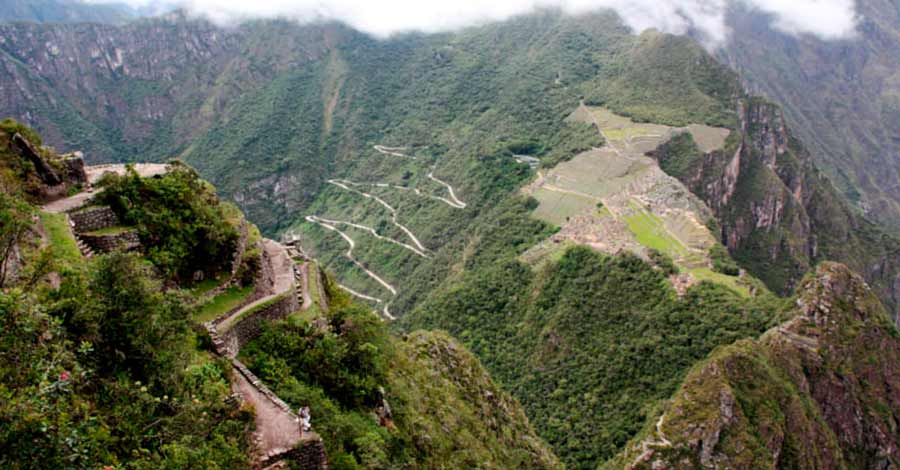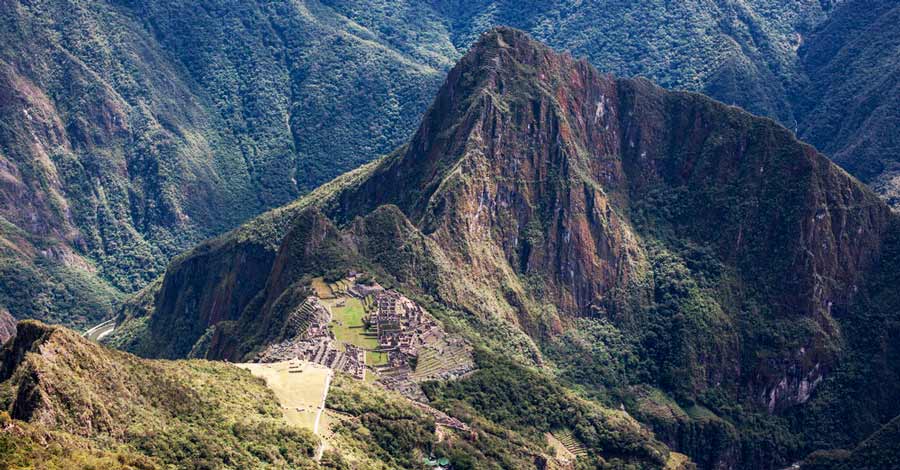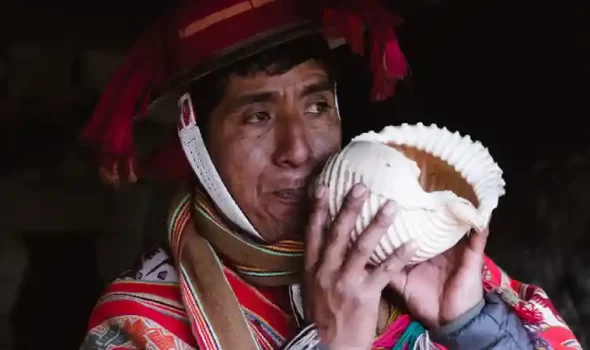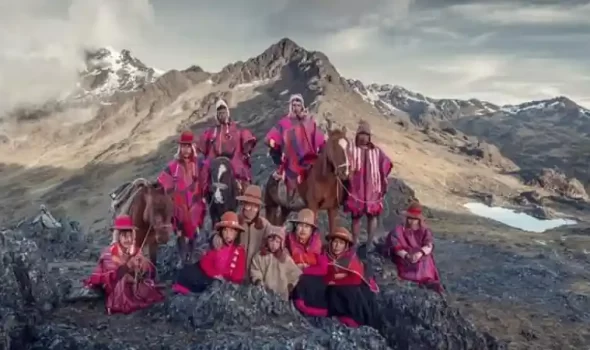If you have ever heard the words “Peru”, “Inca” or “Cusco”, it is difficult not to relate them to one of the most amazing places on the planet: Machu Picchu. A place admired for its great architecture, its engineering, its gorgeous landscapes, and its great energetic charge which makes the appellative of Wonder more valid than ever. A wonderful spectacle that surpasses everything imaginable.
That is why let us tell you 10 Machu Picchu facts that will surely not let you be indifferent and will awaken your curiosity for this fantastic place on the globe.
10 Machu Picchu facts you must know
What is Machu Picchu?
Machu Picchu or Machu Pijchu, as it is also called, is a fantastic Inca llaqta (llaqta is the Quechua name given to Inca cities). It is one of the greatest feats of Inca engineering, and one of the 7 wonders of the world since June 7, 2007. It has endured six centuries of earthquakes, foreign invasions, the conditions of nature, and yet remains unbeatable over time.
It is one of the best places in the world to be discovered by oneself, stroll through its almost 200 enclosures distributed in three zones and climb to the dizzying heights of Huayna Picchu, the mountain in the background that tops the panoramic photographs of this wonder.
Why is Machu Picchu famous for?
Among many other facts, Machu Picchu is the most visited tourist site in Peru. It’s the greatest architectural and engineering manifestation of the great Inca civilization, whose expansion covered a large part of South America and which was united by more than 30 thousand kilometers of ancestral paths.
According to the Peruvian Ministry of Culture, Machu Picchu is home to almost 200 archaeological sites, including terraces, ceremonial centers, roads, canals, Inca units, etc. Machu Picchu was a center of worship and astronomical observation, in addition to some theories that support that it functioned as the hacienda of the royal family of the Inca Pachacutec, the most famous Inca in history.
When was Machu Picchu Discovered?
Many Peruvian historians attribute the discovery of Machu Picchu to the Cusquenian Agustín Lizarraga. While the “scientific discovery”, much more widespread, to Hiram Bingham. But, how did this come to happen? Let’s review it quickly with a little history.
When the Spaniards arrived in South America in 1532 and entered the city of Cusco in 1533, Machu Picchu was gradually abandoned by the locals, which is why many called it the “lost city of the Incas”. The mountain where this Inca city was located remained isolated from Peruvian economic and social life for hundreds of years, a condition that continued even after Peru’s independence in the 19th century.
American historiography sustains that Machu Picchu was discovered to the world on July 24, 1911, by the American professor and explorer Hiram Bingham, on an exploratory trip to Cusco and accompanied by his colleagues from Yale University. Arriving in Cusco, Hiram Bingham was introduced to Melchor Arteaga, a Peruvian peasant in charge of guiding Hiram Bingham to Machu Picchu, which was already known to an unknown number of local villagers.
Agustín Lizárraga would have explored Machu Picchu and engraved his name on a stone on July 14, 1902, some ten years before Bingham. Many local peasants knew about it, but they did not have the power of diffusion that Bingham would have when he arrived.
When Bingham arrived at Machu Picchu in 1911, he found the stone on which was written: “A, Lizárraga 1902”, he did not give it much importance. After returning to the United States, he obtained sponsorship for another expedition the following year. Bingham became known as the “discoverer” of Machu Picchu, fame that is still alive all over the world, even among many Peruvians.
In 1913, the discovery was aired to the world in National Geographic magazine.
How high is Machu Picchu?
Machu Picchu is located at an altitude of 7,972 feet or 2,430 meters above sea level. At this altitude, the high jungle, also called rainforest or even Amazonian Andes, is located. That is a difference of almost 1000 meters of altitude compared to the city of Cusco (3350 meters).
That is why the altitude of Machu Picchu does not cause problems for its visitors when we talk about altitude sickness, unlike the city of Cusco where it happens more often.
Who built Machu Picchu?
Machu Picchu was built by the Inca Pachacutec. The most famous regent of Inca history. Its construction dates back to the fifteenth century (it would have started between 1540 and 1550) during the expansion of the Inca empire into the Amazon.
Many historians consider it the royal hacienda or country house of the Inca Pachacutec, however, others consider that its construction corresponded to the Inca state of counting on a religious, political and administrative center between the Andes and the Amazon.
How to get to Machu Picchu in 2022?
Currently, we have 3 main routes to get to Machu Picchu, each one very different from the other. Let’s consider that these routes are combined with different trekking routes or tour packages that accommodate the needs of travelers. Let’s see them below:
The Inca Trail to Machu Picchu
The Inca Trail to Machu Picchu is a small section of 39 kilometers that once integrated more than 30 thousand kilometers of Inca trails connecting a large part of South America. This hike is considered one of the most impressive in the world, and an activity that should be done before you die.
The classic trek lasts 4 days and 3 nights, although there are longer versions of 5 days and 4 nights, as well as a short version of 2 days and 1 night.
The Inca Trail combines beautiful Inca sites spread across different altitudinal levels from the high Andean mountains to the rainforest. The highest point of the trek is at Warmiwañusca at 4200 meters of altitude. The Inca Trail begins at kilometer 82 of the railway between Ollantaytambo and Machu Picchu, in the town of Piscacucho. After crossing all the Inca sites, Machu Picchu can be seen from the place known as Inti Punku.
The only way to access the Inca Trail is with a travel agency, the trail is strictly monitored by the Peruvian authorities due to its majesty and importance. Tickets are usually sold out months in advance. It is best, if you choose this option, to contact a travel agency at least 6 months in advance.
Train to Machu Picchu
This option is the fastest and most popular way to get to the wonder of the world, about 70% of travelers take the train services. The stations to arrive at Aguas Calientes (the closest town to Machu Picchu) are located in Poroy (20 min from the Cusco centre) and Ollantaytambo (1 hour and 40 min from Cusco).
The main operating companies are Peru Rail and Inca Rail with different categories of services and a very varied schedule of departures. The trip from Poroy station takes about 3 hours and a half, while the trip from Ollantaytambo station takes 1 hour and 45 minutes on average, the latter is the route most used by travelers.
Once we arrive at the town of Aguas Calientes, the trip is not over yet. To get to Machu Picchu we have the option of taking the buses that ascend a route of almost 10 kilometers or walking up. The bus ride takes on average half an hour and if we decide to ascend on foot, this will take about two hours.
Train tickets can be purchased through the virtual platforms of Inca Rail or Peru Rail. They can also be obtained through a travel agency operator. This train route is considered one of the most spectacular in the world even though it only covers 44 kilometers.
Hidroelectrica route
Hidroelectrica is the route for the more adventurous travelers or for those who have more time to arrive at Machu Picchu. Also, the Hidroelectrica route is the most economical compared to the Inca Trail or train tickets.
This route is done in two stages: leaving Cusco and going to Santa Maria – Santa Teresa – Hidroelectrica (a trip of around 7 hours or more). Then once in Hidroelectrica, there is a flat hike of between 2 and three hours, depending on the walking pace of the traveler. Like the previous ones, this route also includes spectacular landscapes of the Cusco rainforest.
Hidroelectrica also offers train services with the Peru Rail company, a much more economical service but with few departures. An additional fact is that it is not recommended to take this route from January to April, during the rainy season, because there are usually landslides during the route that put your physical integrity at risk or cause a long delay to reach Machu Picchu
What does Machu Picchu mean?
Popularly the etymology of Machu Picchu is translated as “Old Mountain” or “Old Peak” or “Old Peak”. This is a clear allusion to the geographical relief where this beautiful Inca construction is located. The name Machu Picchu appears in some documents of the XVII century and since the XX century, it has been used to designate the Inca site, a mountain, the town, the district and the whole historical sanctuary: Machu Picchu.
However, many consider that the real name of the place would have been Patallacta, which is still a subject of debate among historians.
How long is the Inca Trail to Machu Picchu?
The Inca Trail to Machu Picchu is a stretch of beautiful pre-Hispanic roads of Inca manufacturing with 39 kilometers of distance. In its time it integrated a large network of more than 30 thousand kilometers of Inca paths connecting Peru, Ecuador, Colombia, Bolivia, Argentina and Chile.
The Inca Trail begins in the town of Piscacucho (kilometer 82 of the railway) and after 4 or 5 days culminates in the majestic Machu Picchu.
What is the situation of Machu Picchu during the pandemic in 2022?
In the year 2022, the measures and details to enter Machu Picchu are the following:
First, to enter Peru we must know that the Peruvian authorities require the visitor to have the vaccination against covid 19, taken 14 days in advance. Otherwise, you can also present a negative molecular test taken within 72 hours.
Now, in Machu Picchu, 9 entrance shifts extend from 6.00 am to 2:00 pm. That is to say, these 9 entrance schedules have a range of one hour difference. Tourists have a maximum of 4 hours to visit, but this can be extended whenever the visitor considers it necessary. Always with the protection of masks as established by the protocol of visits.
Entrance tickets can be purchased through a travel agency or simply by booking tickets through the official website.
Are there additional hikes in Machu Picchu?
Many of those who have visited this great Inca city have decided to complement their trip with a visit to one of the mountains surrounding Machu Picchu: Huayna Picchu or Machu Picchu Mountain. These two extra hikes are the most famous inside the Machu Picchu Historic Sanctuary behind the Inca Trail.
Huayna Picchu
Huayna Picchu which translates as “Young Mountain” is the largest mountain that is located in the background in all panoramic and classic photos of Machu Picchu. Precisely because of this fact is that the ascent to this mountain is very coveted among travelers. It has a height of 2693 meters. Inside the mountain, we find Inca archaeological remains.
Machu Picchu Mountain
Machu Picchu Mountain is the massif that is located just in front of Huayna Picchu, within the same mountain range as the snow-capped Salkantay. Its height is 3082 meters and although no Inca construction was built on its paths, the great altitude in the surroundings of the sacred llacta of Machu Picchu earned it the name of Apu.
To enter these mountains, whose visit is highly demanded. Huayna Picchu, must be booked about 3 months in advance. While Machu Picchu Mountain should be booked at least 1 month in advance.
Peru has many incredible places to discover. With many years of working in the travel industry, Auri Travel is happy to help with your travel plans to Machu Picchu and other places around the country. Come and enjoy your Peruvian Adventure with us!




